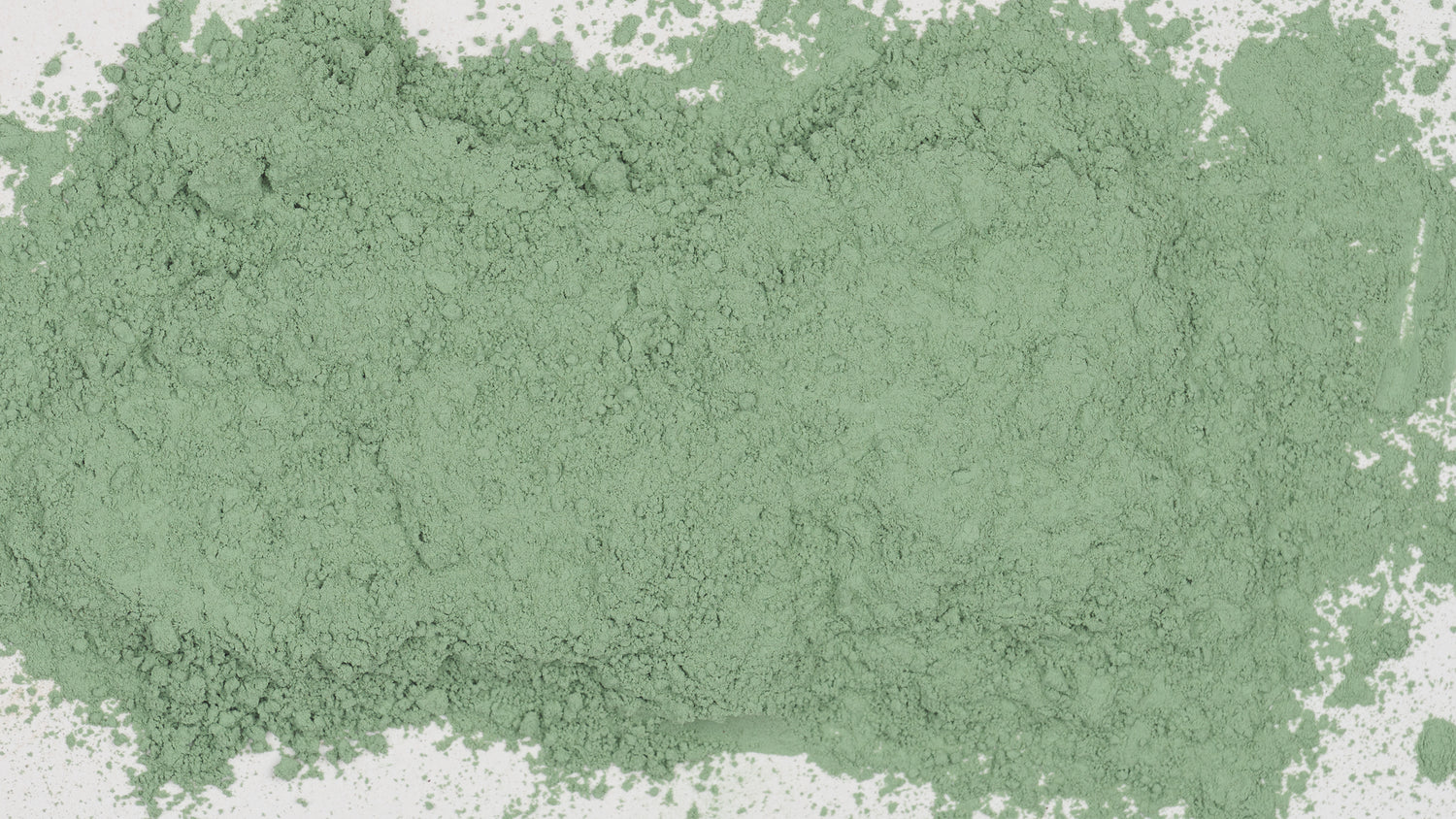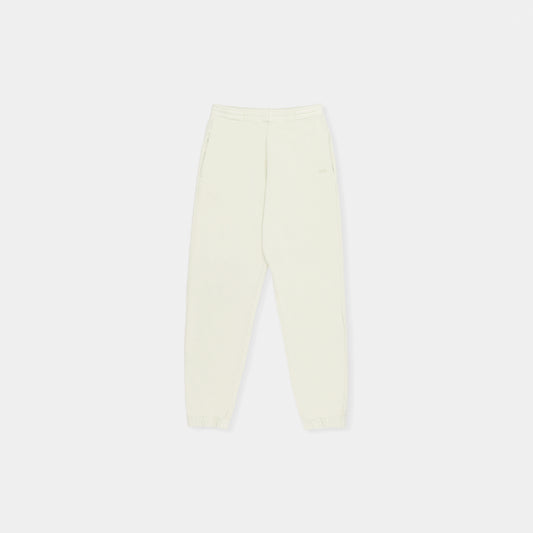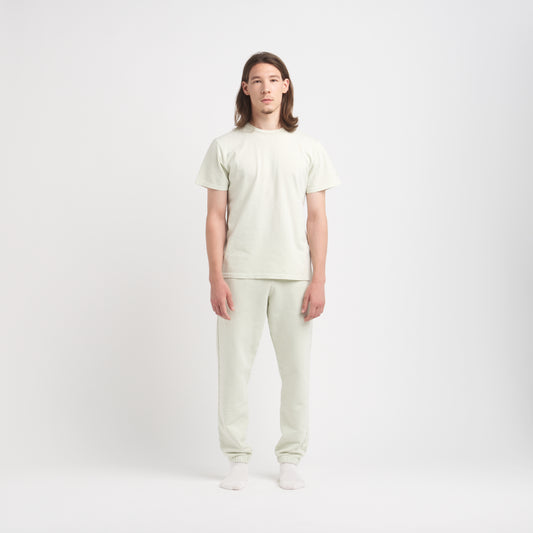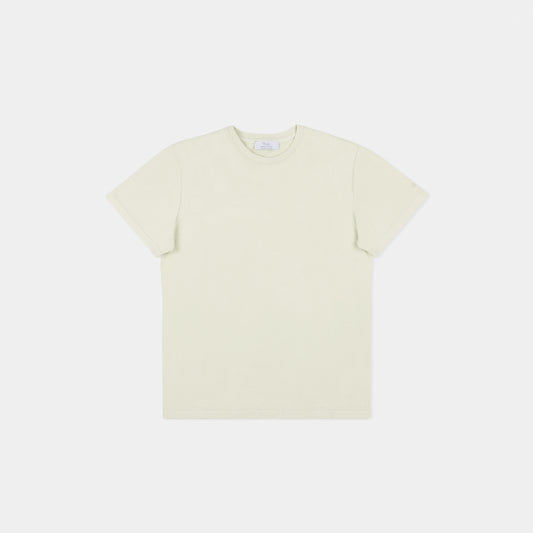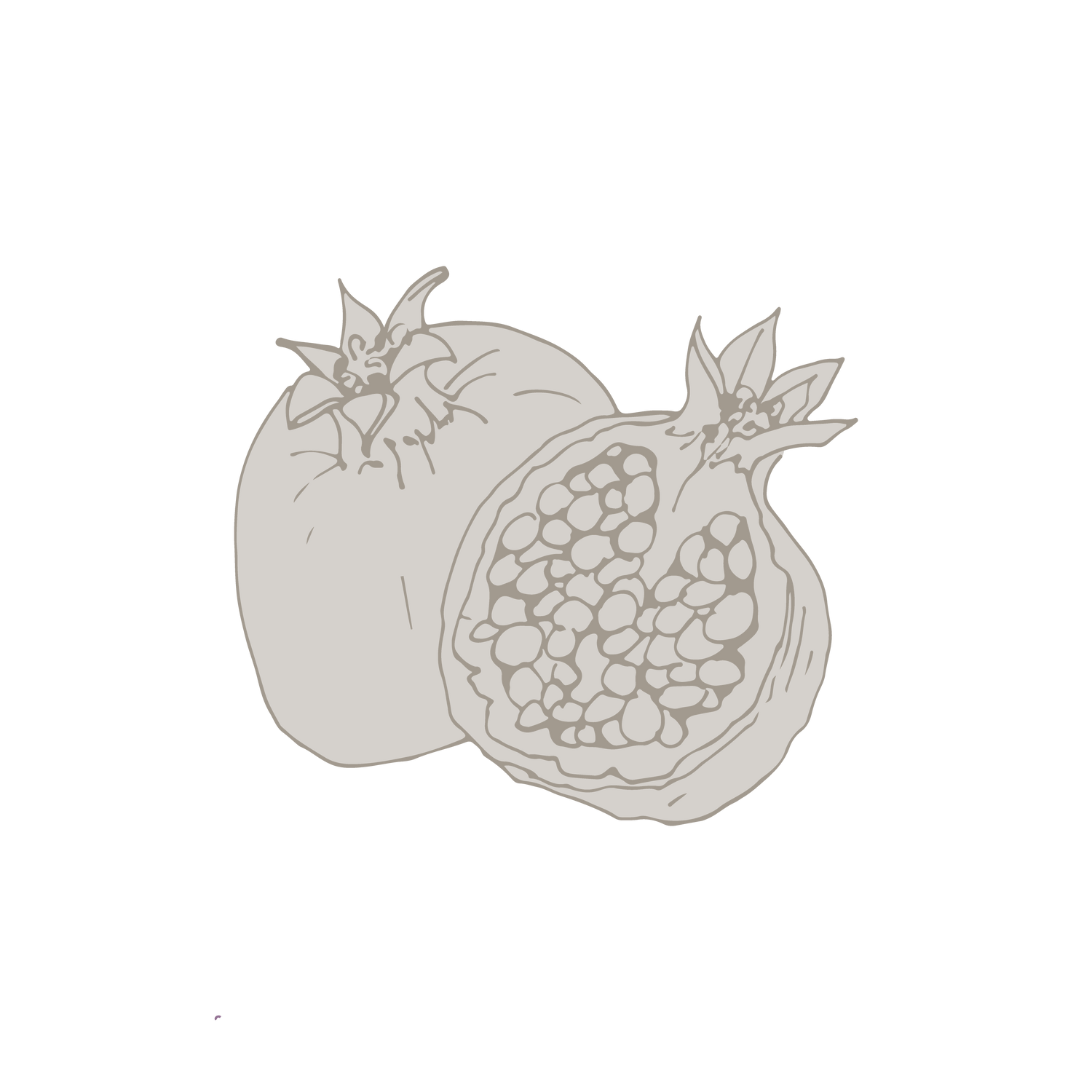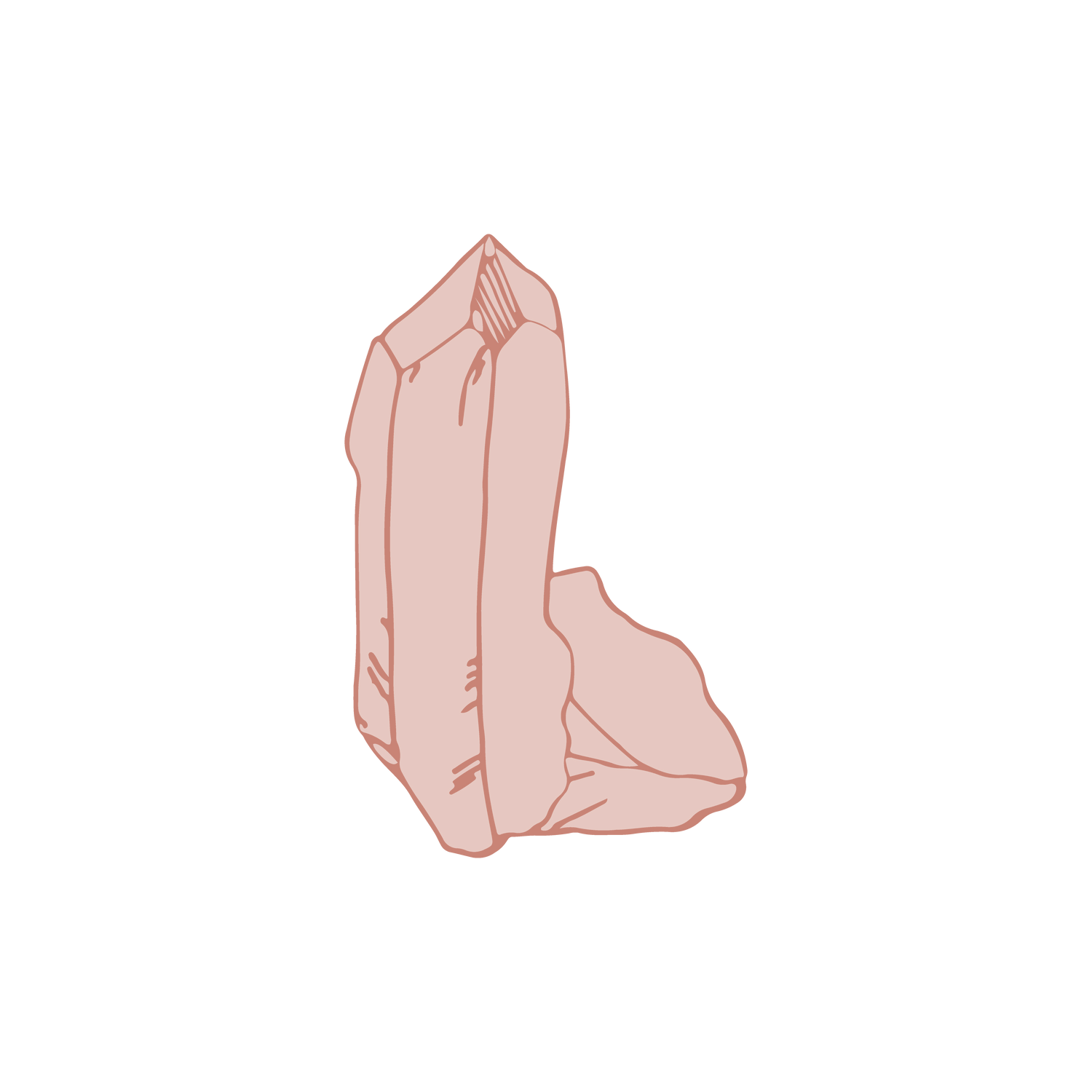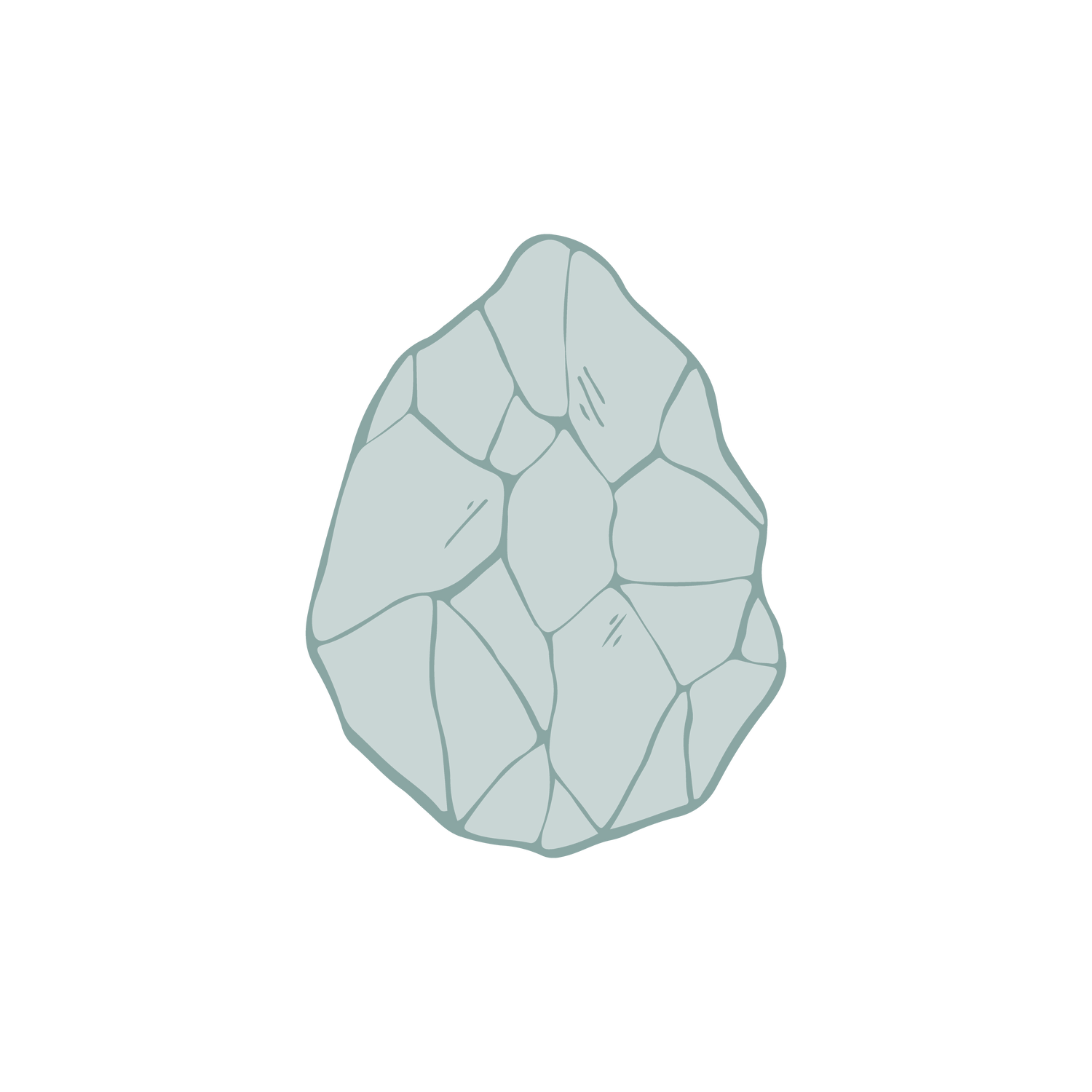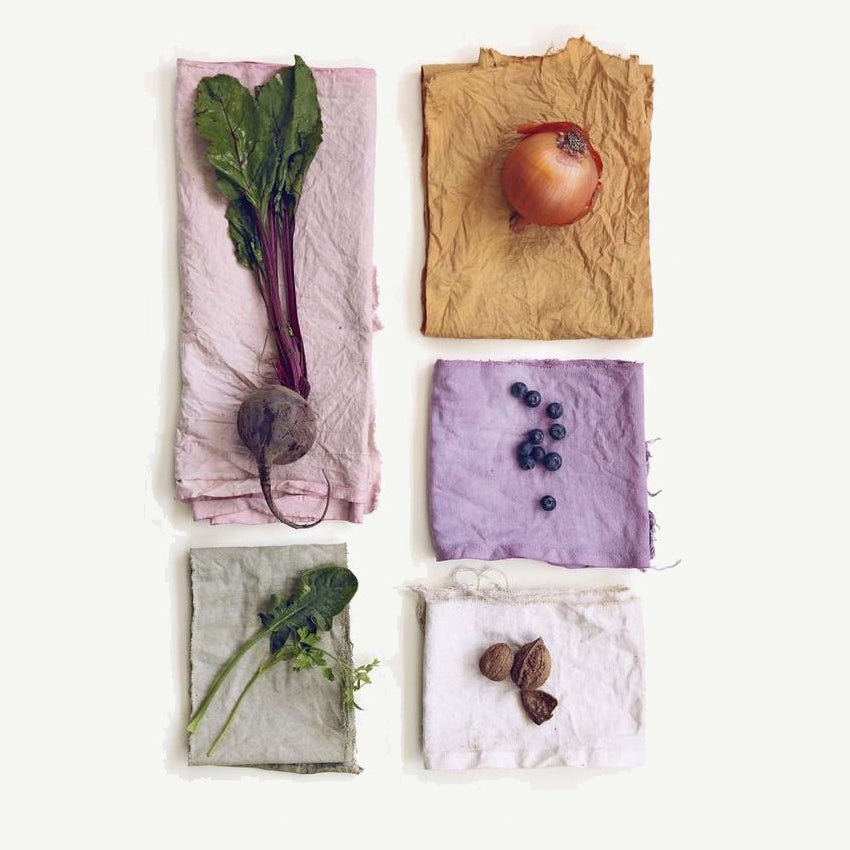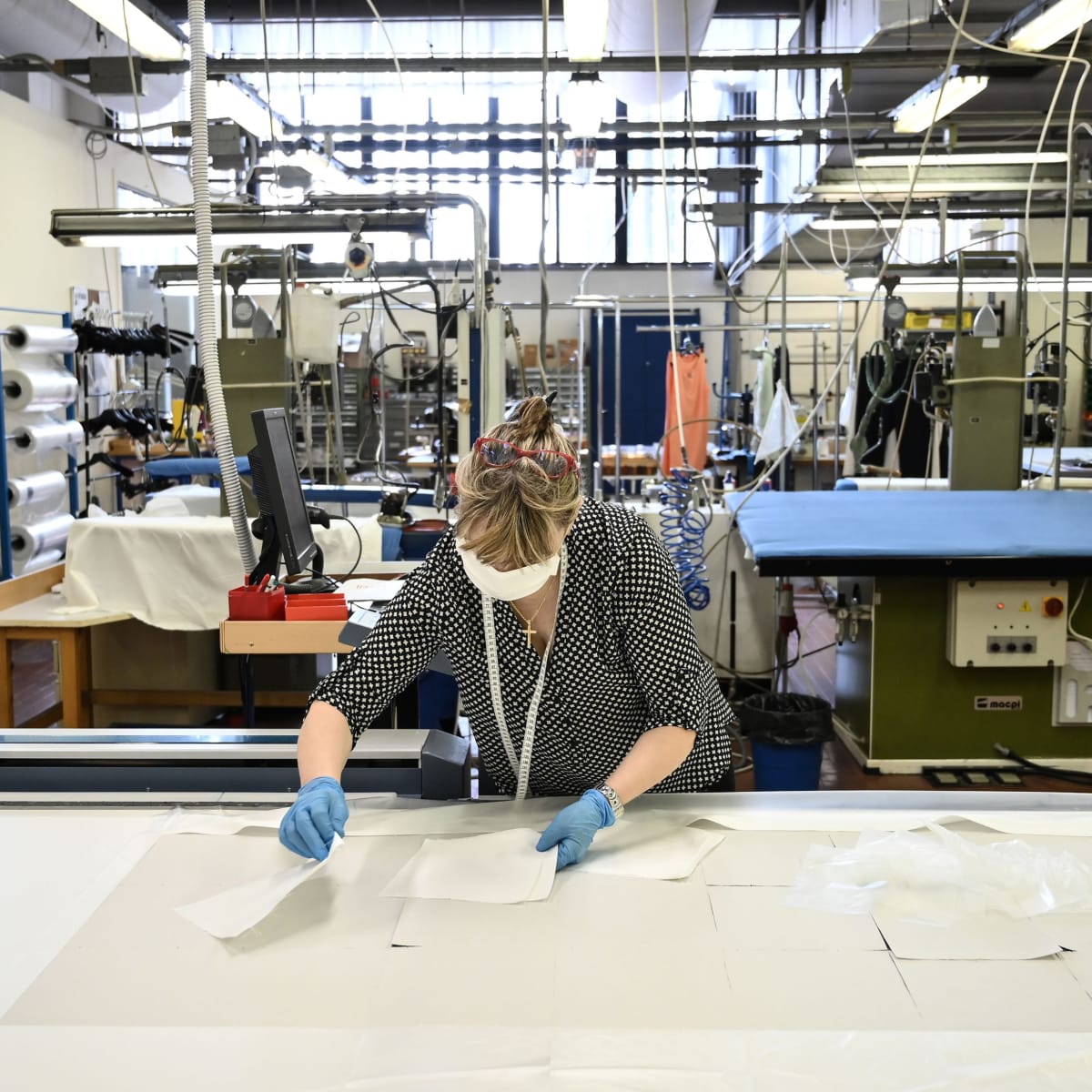EXTRACTION METHOD The processing of the green coloring earths, after they have been extracted from the quarries and dried, differs from type to type; some are coarsely crushed, separated from impurities, ground with hammer or ball mills. The processing of the lands that form the green Brentonico includes purification, drying and grinding with ball mills. CURIOSITY The pigment was already known to the Greeks and Romans and was used in all pictorial techniques during the Middle Ages and the Renaissance until the 19th century. In ancient times it was reserved only for the nobles, while today it is highly sought after in the artistic field for its characteristic semi-transparency. Due to its chromatic beauty, celadonite or, precisely, "green earth of Monte Baldo", became the reference standard of the pigment widely used in painting especially in frescoes, to the point that even today it is cited in the catalogs as "Verona green ” or “green of Brentonico”. Among the many great artists who also made use of it, that of Caravaggio is particularly documented. With ups and downs starting from the sixteenth century, large quantities were extracted in the mountain mines of Trett and Pianeti di Val Aviana on Monte Baldo which were marketed in Italy, Europe and America. The mines of "green earth of Monte Baldo" made the economic fortune of the Eccheli lineages up to the eighteenth century and then of the Baisi until the early twentieth century

